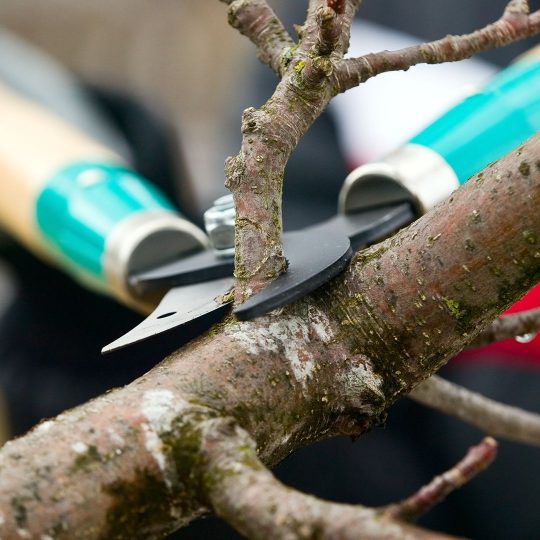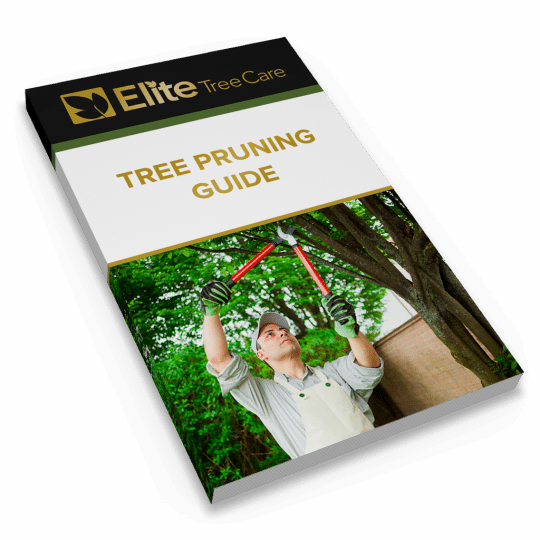When to Stop Pruning Trees
Put Down the Pruners, No One Gets Hurt
Posted
July 8, 2021

How often do you prune your trees? Sometimes it may need a branch or two removed. Other times it may need some major shaping. But you never want to get too carried away. Here are some tips on when to stop pruning trees and the best time to do the work.
When to Prune Trees and Shrubs
When’s the best time to do any kind of tree work? The short answer: dormant season (aka late winter). Why?
- Depending on the tree, there are usually no leaves to get in the way.
- Other plants are dormant too, so you don’t have to worry about trampling gardens with trees in the middle.
- Wounds from cuts heal faster, helping to keep the plant strong.
- Less risk of disease because of weather conditions.
- Pests aren’t as much of a problem because they’re usually gone or overwintering deep in the soil.
- Less of a mess when the sap isn’t flowing.
There are some exceptions to this rule. For instance, it’s always a great time to prune dead or damaged branches. This limits the chance of these limbs becoming a hazard, especially during storms that pop up in any season. You can also prune trees and shrubs that bloom in the spring after they’re done blooming and start to lose their color.
When to Stop Pruning Trees
There is such a thing as pruning too much of your tree. You may think your tree needs a lot of work, but cutting too much at once can weaken it more, especially if it’s at the wrong time of year. Here’s when it’s time to put down the pruners:
- In the fall. As your tree starts dropping its leaves and gets ready for winter, the last thing you want to do is prune. This only wakes the plant back up and tells it to start growing again. You can kiss any new growth goodbye once winter hits.
- One a warm day. We’re looking at you, sappy trees. The warm weather encourages sap to rise from the plant, making a messy cut.
- When it’s wet. Fresh cuts and moisture don’t mix. In fact, it invites disease to grow faster than new buds.
- When you’re headed for the top. Tree topping is a big no-no. If you think, “but it’s growing too tall, I need to cut it back…” Stop. You’re weakening the tree by cutting off the top branches to a stub. Instead, (when it’s time) thin out overcrowded branches throughout the tree to allow light and air to circulate. This strengthens and shapes a tree the right way.
- In the middle of a branch. Nope. Prune back to the main stem. Leaving a stub is a recipe for disease.
- If your tools are dirty and dull. Don’t put it down, rather, clean and sharpen any pruning shears to allow for cleaner cuts and less chance of spreading disease.
- If you have to climb a ladder to reach a branch. Then it’s too tall. Please don’t climb with sharp tools in hand (and you know they’re sharp because you just sharpened them for a clean cut). If there’s a branch that needs trimming that you can’t reach with your feet firmly on the ground, it’s time to call a professional.
Contact Elite Tree Care for more tips and help when it comes to any type of tree maintenance. From pruning to pest control, we can help keep your trees and plants healthy.

Download Your FREE Tree Pruning Guide
Learn how, when, and how much to trim or prune your trees to maximize their health and beauty. This guide covers the factors that go into tree trimming (pruning) and will help you make a more informed decision about hiring a professional tree service.